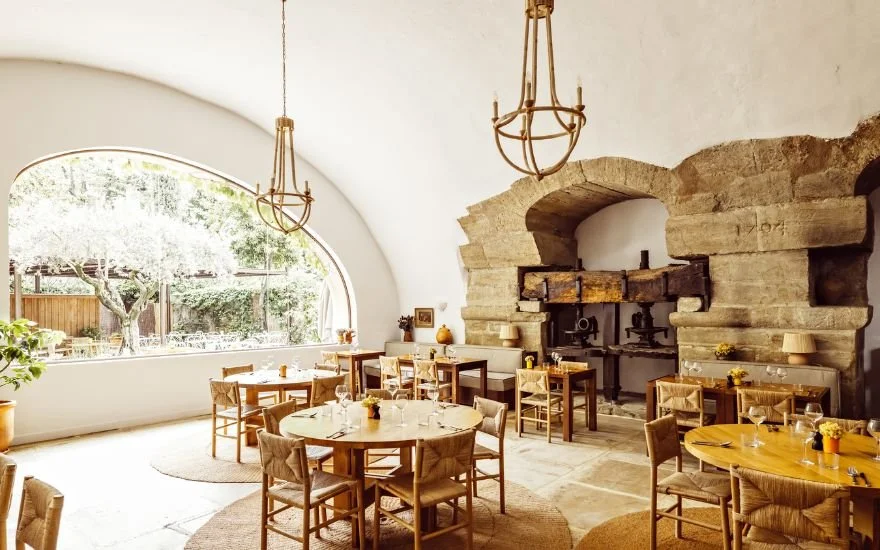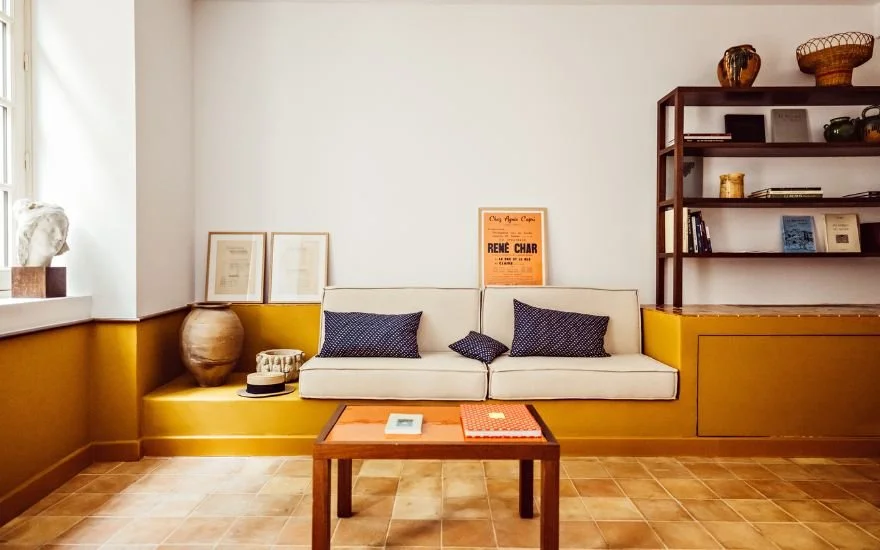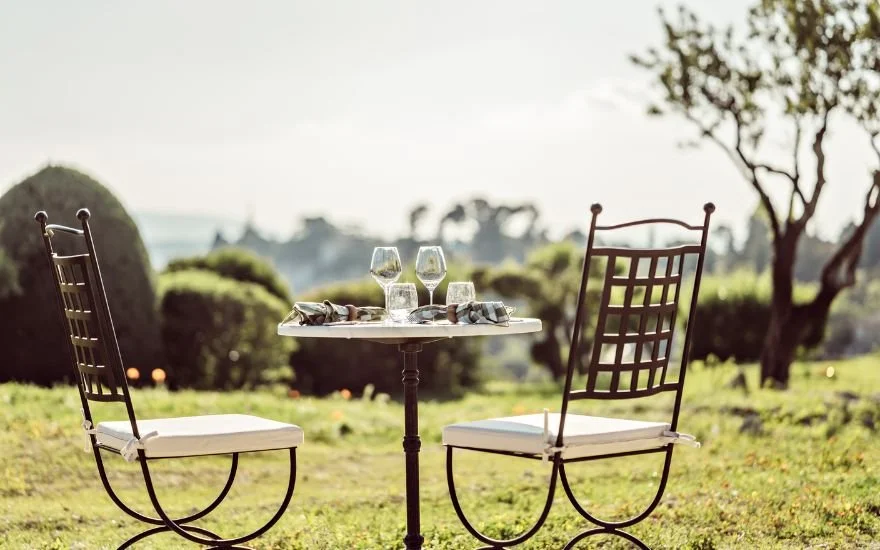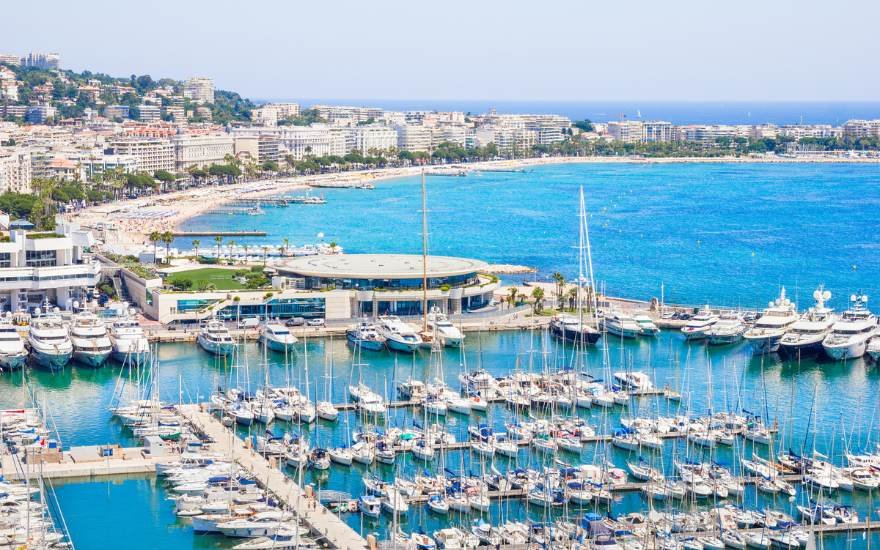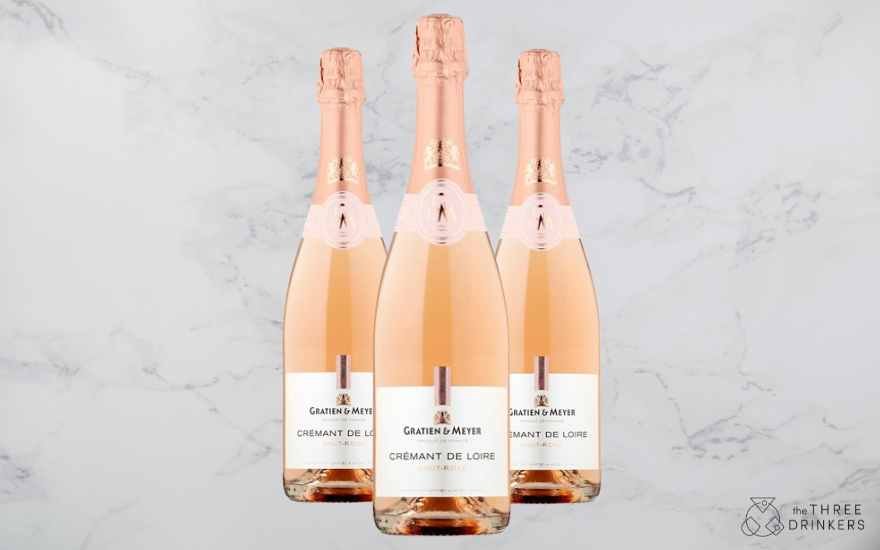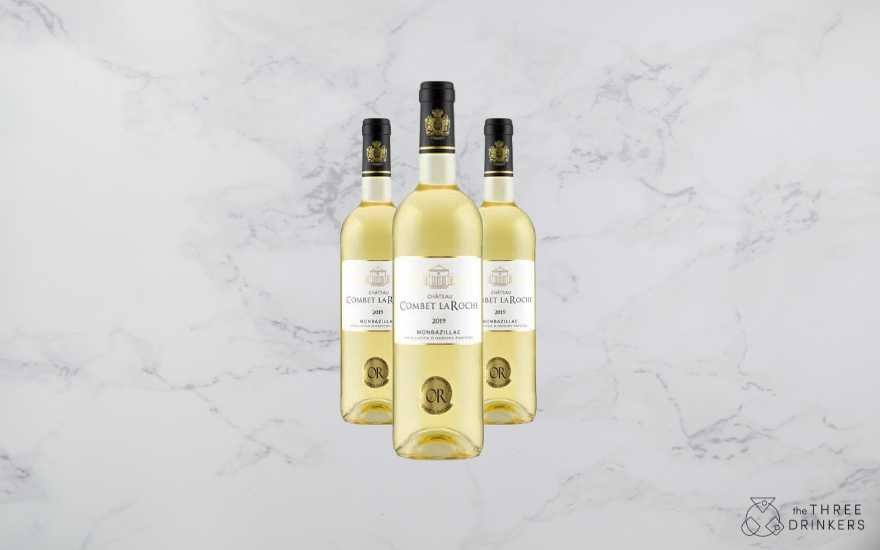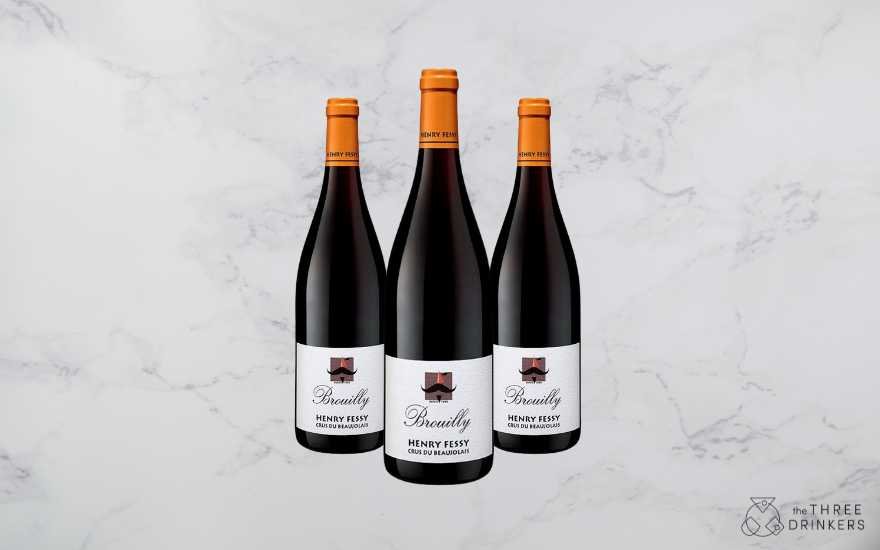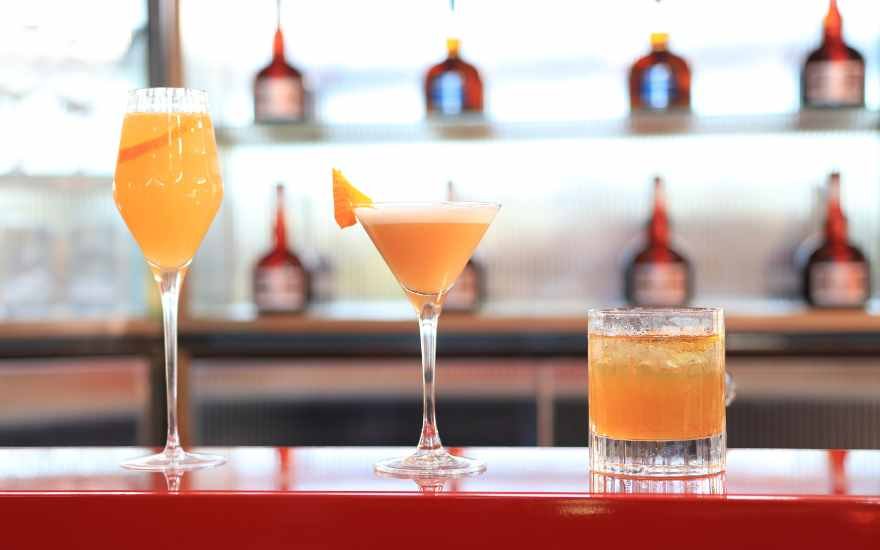In Lourmarin, where cobblestone streets unfurl like ribbons and the scent of wild thyme drifts lazily on the breeze, sits a former olive mill that has been given a second life. Le Moulin is not simply a hotel; it is an invitation to slow down and inhabit the rhythm of Provence.
The moment you step into its courtyard, shaded by old plane trees, time seems to loosen its grip. What was once a place of industry has become a sanctuary for travellers seeking something softer, something more rooted.
The façade still whispers of the past. Its ochre walls warmed by centuries of sunlight, but inside, the story has been rewritten with light and texture. The interiors are a study in restraint, celebrating what is essential.
Whitewashed walls reflect the southern glow, terracotta tiles hold the memory of summer heat, and woven sisal carpets soften every step. There is no need for grandeur here; the true luxury is the quiet way Le Moulin folds you into the landscape.
What are the rooms like at Le Moulin?
Guest rooms are deeply personal spaces, each designed to feel less like a hotel and more like a Provençal home. Shutters open to reveal glimpses of the village square or the tiled rooftops that glint in the afternoon sun. Fabrics are rich but unfussy, a palette of clay, wheat, and sage that nods to the fields beyond Lourmarin.
In the quiet of morning, you can hear the murmur of the market as it comes to life. By nightfall, the air cools and carries the laughter of locals lingering over wine in the cafés nearby. It is impossible not to feel connected to the village outside your window.
WHere can you eat at Le Moulin?
Dining at Le Moulin is a celebration of the region’s abundance. At Bacheto, the hotel’s signature restaurant, menus are composed like love letters to the terroir. Plates arrive fragrant with seasonal herbs, vegetables just lifted from the soil, and fish fresh from the Mediterranean coast. Nothing feels hurried or overworked.
Each dish lets its ingredients speak in their own dialect, inviting guests to taste Provence as it truly is. In summer, the terrace becomes the heart of the experience: cicadas singing in chorus, glasses catching the last light of day.
Evenings Made for Lingering
Le Moulin encourages an unhurried pace. After dinner, there is time to wander Lourmarin’s streets as they grow still, to peek into ateliers that display ceramics and textiles by local artisans, to pause beneath the château as it glows in the golden hour. The lounge becomes a gathering place for those who want a quiet nightcap or simply a moment to read as the night air drifts through the windows.
Daylight in the Luberon
By day, the pleasures are just as abundant. Le Moulin is a natural base for exploring the Luberon, where lavender fields stretch to the horizon and hilltop villages rise like watchtowers over the valley. You might cycle through the vineyards, stop for a picnic beneath olive trees, or follow the sound of church bells into nearby Cucuron or Bonnieux. Returning to the hotel feels like returning home, with its cool pool and shaded garden waiting to receive you.
What Makes Le Moulin Stand out?
What sets Le Moulin apart is not only its setting but its spirit. This is a place that honours its history while living fully in the present. Its design choices – handcrafted ceramics, sculptural lighting, locally sourced furniture – carry a sense of narrative. Each object, each texture, seems chosen to tell a story about this part of France. There is an intimacy to it all, as though the hotel is less a brand and more a friend introducing you to its village.
The millstones may have stopped turning long ago, but the pulse of Provence continues here, steady and true. Staying in Lourmarin means waking with the sun, strolling to the Friday market, tasting cheese from a nearby farm, and watching children play in the square. It is a reminder that travel can be more than a change of scenery; it can be a return to something essential.
A Slow Luxury Worth Savouring
For those who measure luxury not by opulence but by depth of experience, Le Moulin is a revelation. It does not dazzle with spectacle or distract with excess. Instead, it slows the traveller, coaxes them into noticing the light on the walls, the smell of fresh bread at dawn, the way the village quiets just before nightfall. It asks you to be present, to savour, to remember.
Perhaps that is why leaving feels a little like stepping out of a dream. You pack your bags and close the shutters, but the rhythm of Lourmarin lingers. The taste of the last glass of rosé, the sound of bicycle wheels on stone, the feel of the warm tiles beneath bare feet … these become the souvenirs you carry home.
Le Moulin is not simply a stay; it is a moment suspended, a pause that allows you to breathe in Provence as it has always been. And for travellers who long to feel not just like visitors but like temporary villagers, there is no more perfect place to begin.
Address: Av. Raoul Dautry, 84160 Lourmarin, France
Website: https://www.beaumier.com/en/properties/le-moulin-hotel/



